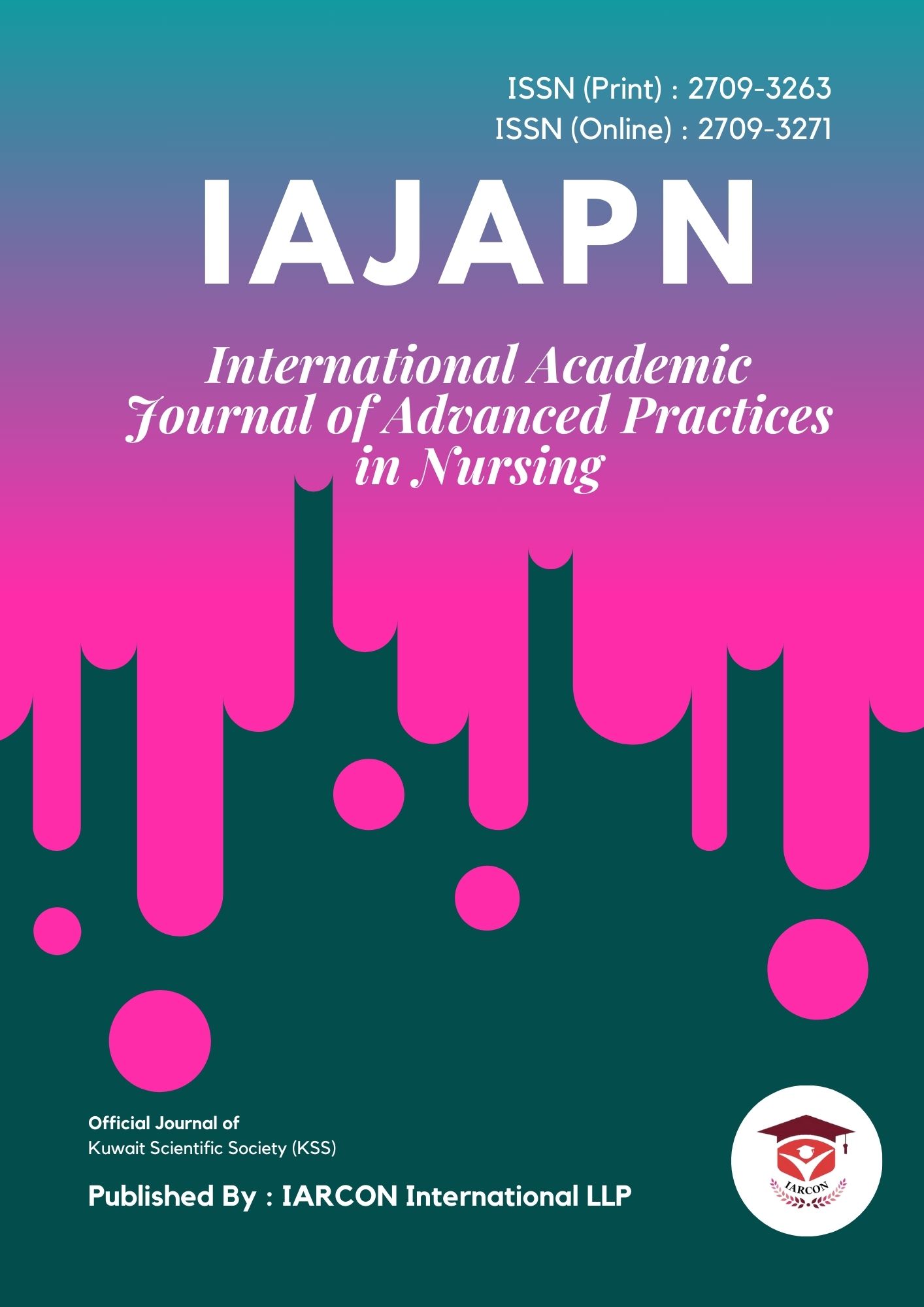Research Design:
This study worked on a descriptive, quantitative, cross-sectional design to collect data for measuring the Quality of the nursing care that was provided to patients diagnosed with Cerebrovascular accidents (C.V.A).
Siting and samples:
The sample was taken from Al-Zahraa Teaching Hospital affiliated with the Iraq Ministry of Health in AL-Kute city. The study period was from 6/29/2023 to 1/31/2024, where the number of nurses working in the medicine and surgical wards reached (25) Nurses, which include patients with cerebrovascular accidents. It is necessary to measure the quality of nursing care they provide towards C.V.A patients. The appropriate sample of (25) nurses was chosen from this hospital; It included the head nurses, the responsible nurses, the guard nurses, and the morning nurses who are concerned with providing nursing care to patients with cerebrovascular accidents lying on those wards.
Staffing and Data Gathering
Members were employed after the researcher got ethical consent to conduct the study through coordination with the hospital administration, as well as conducting interviews with nurses and obtaining written approval with a signature. This data was collected by using a questionnaire as a study instrument, which consists of two parts: a demo-graphic information questionnaire, which includes age of sample, the degree of education, years of work as the nurse in this wards, and years of experience in the field of nursing. While the second questionnaire, the researcher focused on (18) items, The members’ responses were slow through a five-point Likert- scale, composed as follows: (1) Strongly disagree, (2) Disagree, (3) Neutral, (4) Agree, (5) Strongly agree. The researcher relied on several steps to develop a questionnaire as the research instrument for measuring quality of the nursing care for cerebrovascular accident patients. This is done by reviewing the literature and following the guidelines used in commerce with patients with cerebrovascular accidents, according to the rules published by the AHA/ASA. First, the goal of the study was a focal point for the researcher through the design of the questionnaire. Second, the researcher chose a 5-point (Likert- scale) to ascertain participants' levels of agreement regarding the nursing care. Third, the questionnaire focused on nursing care based on the guidelines that are available for patients with cerebrovascular accidents. Finally, all items of nursing upkeep were based on a work review of previous articles and research for multiple studies [10-11]. The questionnaire was reviewed (5) times and arranged according to the opinions of experts, so that the questionnaire became composed of main items for measuring quality of nursing care. They have several years of experience in this field. According to internal consistency, the questionnaire was found to have a high reliability (α= 0.82).
Ethical Considerations
Each participant has been provided with an informed consent along with the questionnaire whether they would agree to participate in the study or not. Also, formal approval has been gained from AL-Kut health directorate board of ethics (No. 311 in 28/6/2023).
Data analysis
Through SPSS version 26, the data for this study were analyzed through descriptive analysis of means, frequencies, percentages, and means of score. In addition, ANOVA-Test was used to conduct the test individually to determine the difference between the quality of nursing care and socio-demographic data.


